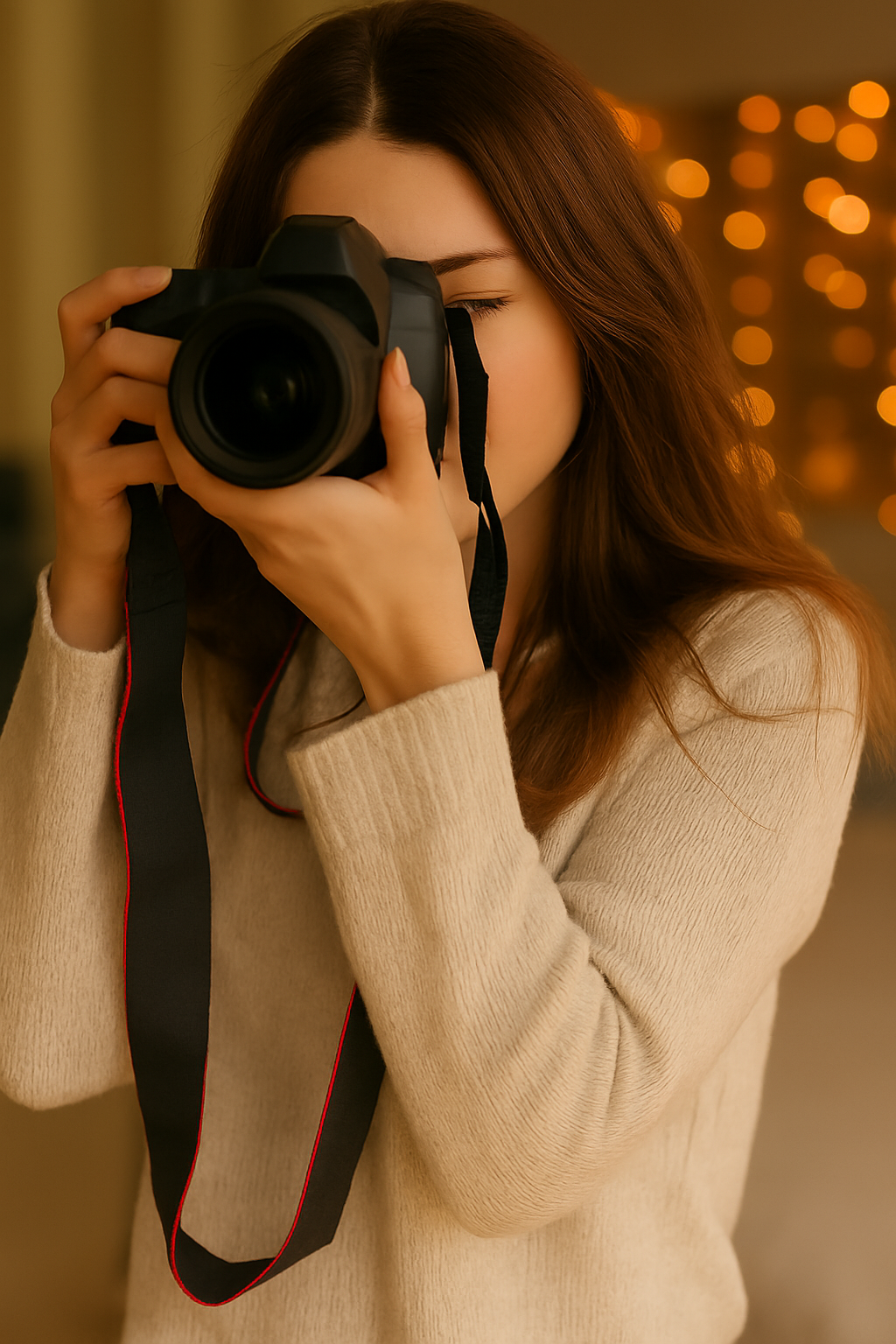Travel photography is a unique and challenging form of photography that requires a combination of technical skills, creativity, and an eye for capturing the true essence of a place. Whether you are a seasoned photographer or just starting out, the goal of travel photography is to look beyond the tourists view and capture the heart & soul of a city, town or country. Every image tells a story and we will explore how that is done in travel photography.
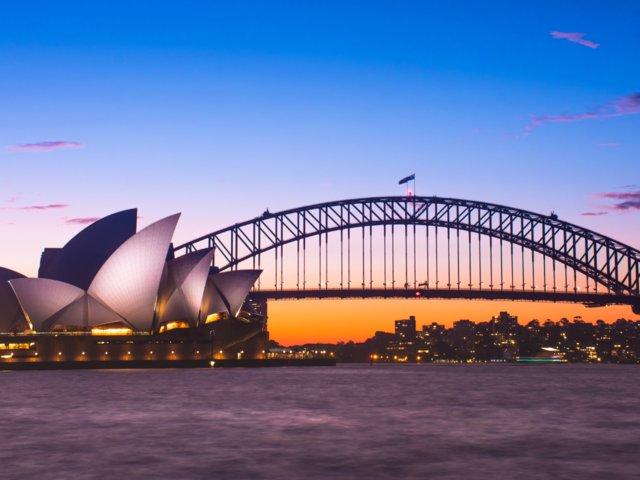
Editorial credit: Kosit / Shutterstock.com
Understanding the Destination
Before you even pick up your camera, it is important to research and understand the destination you will be photographing. This will help you identify the iconic and unique features of the destination, as well as learn about the local culture and customs. This knowledge will give you a better insight into the more interesting aspects of a location and how to approach your photography.
One way to research a destination is to mine travel blogs, photography websites, and social media. This will give you an idea of what other photographers have already captured so you can begin examining your own unique approach to the area. You can also look at local travel guides and maps to get a sense of the layout of the destination, as well as the local customs and traditions.
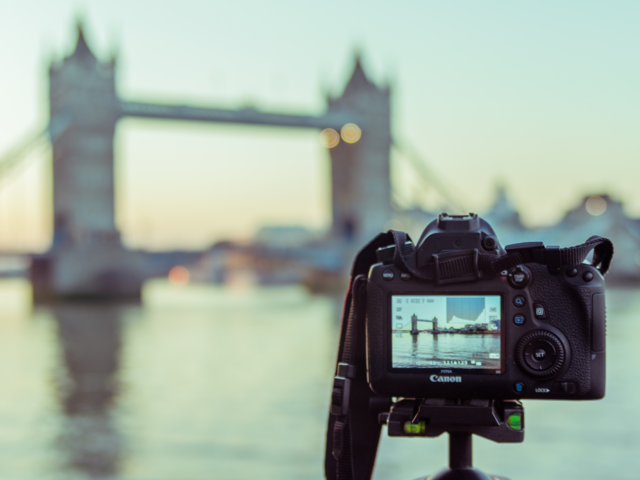
Editorial credit: Bartlomiej Druciarek / Shutterstock.com
Equipment and Preparation
You may have a deep understanding of a place and a clear plan of action, but if you do not have the right equipment, your plans will be scuppered. While it is possible to take great travel photos with just a smartphone, a dedicated camera will provide you with more control over your images and allow you to get more creative as you explore and learn.
When choosing a camera, consider the type of photography you will be doing. If you are planning on shooting landscapes, a wide-angle lens is a must. For portraits and street photography, a standard or telephoto lens is a good choice. If you are thinking of night shoots or long exposures, a tripod will help you stabilize your camera and capture those elusive low lit shots.
Before embarking on your trip, make sure you have a backup plan for your equipment. This may mean bringing extra batteries, memory cards, and even a backup camera. You don't want to miss out on a magic moment or event because of a technical oversight.
Composition Techniques
Composition is key in any photography and can be the thing that makes or breaks a photo. Here are some basic composition techniques to keep in mind:
- Rule of thirds: The rule of thirds is a simple and effective way to improve the composition of your photos. Simply divide the frame into three equal parts both horizontally and vertically. Then place the subject along one of the lines or at the intersection of lines.
- Leading lines: Leading lines are lines within the frame that draw the viewer's eye to the subject of the photo. Lines can be anything from a road, a river, or a fence, and is a powerful tool for creating a sense of depth and movement in your photos.
- Framing: Framing is a technique that uses objects within the frame to surround the subject and draw the viewer's eye to it. This could be a window, a doorway, or even trees and bushes.
- Use of negative space: Negative space is the empty space within the frame that surrounds the subject. By using negative space, you can create a sense of balance and simplicity or perhaps you will prefer a vast ominous landscape. Either way, it is an effective way to make a subject stand out.
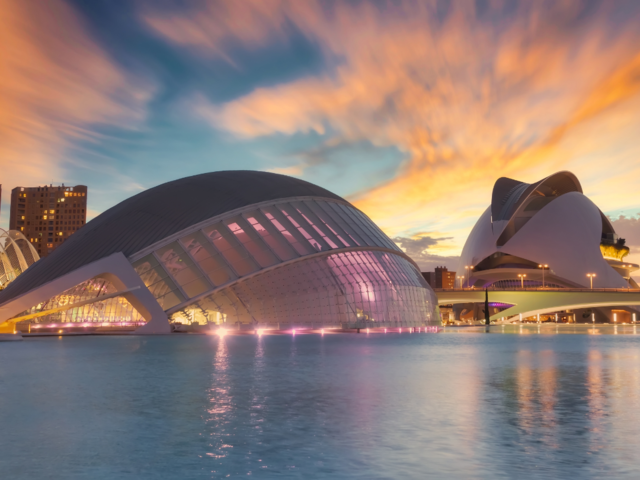
Editorial credit: Helena GARCIA HUERTAS / Shutterstock.com
Capturing the Moment
Timing is everything in travel photography, and being in the right place at the right time can make all the difference. This can mean being patient and waiting for the right moment to take the photo. For example, if you are photographing a sunset, you may need to wait until the light is perfect or perhaps wait for an interesting cloud formation. There are nice sunsets and there are spectacular sunsets, it’s all about biding your time.
Being alert and ready to capture candid moments is also an important aspect of travel photography. Real-life moments are happening all the time so rather than posing or staging a scene, be aware of the people and activities around you. This may involve capturing people in their daily activities, such as cooking, playing, or working, to give a more authentic feel to your photos.
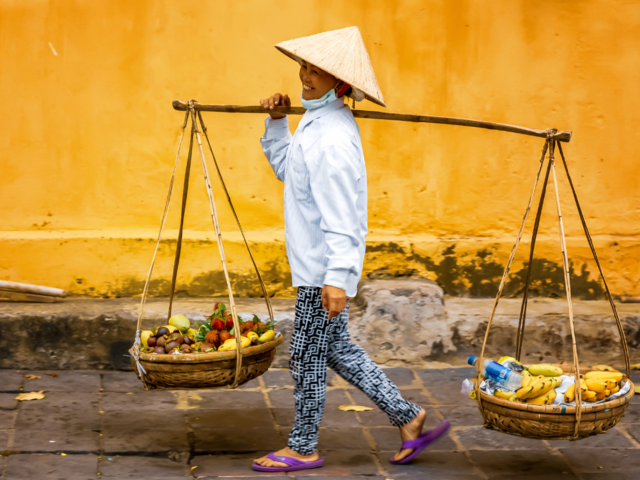
Editorial credit: BigDane / Shutterstock.com
Telling a Story through Images
One of the goals of travel photography is to tell a story through your images. This means creating a narrative with multiple images that showcase the destination's culture, people, and unique features. To do this, you need to be intentional about what you are photographing and think about how each photo fits into the larger story you want to tell. Sometimes it is the details that truly illustrate a story such as the texture of a wall, the patterns in a market, or the details of a building could be the very essence of the narrative.
Post-Processing Techniques
Post-processing is the final step in capturing the essence of a place through images. Basic editing techniques such as adjusting exposure, brightness, and contrast can help to enhance the mood and atmosphere of your photos. However, it is important to keep in mind that post-processing should enhance a story without altering its essence.
Experimentation is a fun and creative way to see what works best, and different editing techniques, such as black and white or selective coloring can greatly impact the mood of your photos. Bue remember, less is often more when it comes to post-processing, and it is important not to over-edit your photos.
Conclusion
Travel photography is a rewarding and challenging form of photography that requires a combination of technical skills, creativity, and an eye for capturing the heart and soul of a place. By researching and understanding the destination, using the right equipment, practicing composition techniques, capturing the moment, telling a story through images, and post-processing, you can create stunning travel photos that showcase the unique essence of a country or city.
So, the next time you travel, don't just take pictures, make memories. Experiment, have fun, and keep practicing. The more you shoot, the better you will become at capturing the essence of a place through images.
If you enjoyed reading about travel photography and are interested in taking your skills to the next level, we have just the courses for you! Our courses are designed for photographers of all levels and are taught by experienced professionals who will guide you through the process of capturing the essence of a place through images. All of our courses are hands-on and include practical assignments and feedback from our experienced tutors. Whether you are a beginner or an advanced photographer, our courses will help you take your travel photography to the next level and capture the essence of a place through images.
Don't miss this opportunity to improve your travel photography skills and start capturing stunning images that showcase the beauty, culture, and essence of the places you visit. Enroll in one of our courses today and start your journey as a travel photographer!

